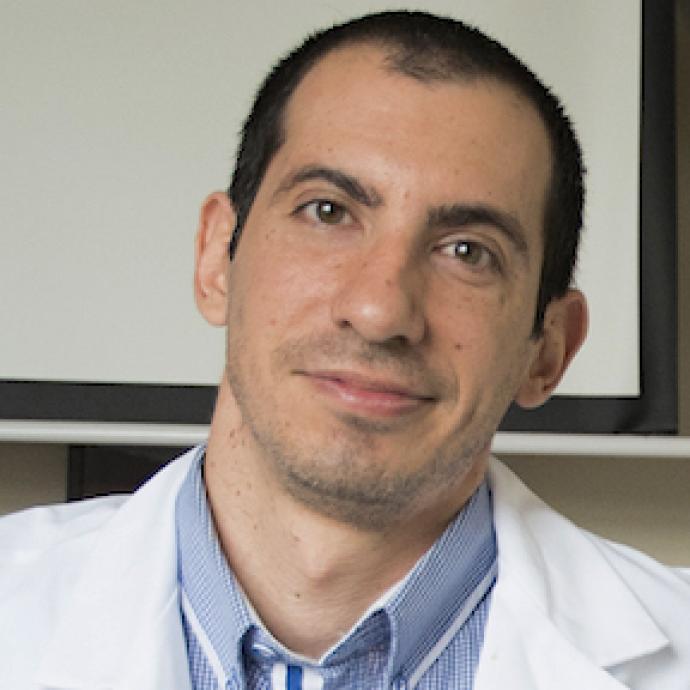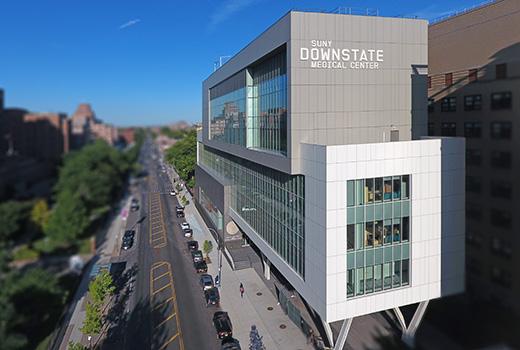Salvador Dura-Bernal is a tenure-track Assistant Professor in the department of Physiology and Pharmacology at SUNY Downstate, and a Research Scientist at the Nathan Kline Institute of Psychiatric Research. He completed his PhD and first post-doctoral fellow at the University of Plymouth, UK; followed by post-doctoral research at Johns Hopkins and SUNY Downstate. His research focuses on understanding cortical circuits through large-scale biophysically-detailed simulations on supercomputers. Dr. Dura-Bernal has developed the detailed models of motor and auditory cortical circuits by integrating experimental data available at multiple scales -- molecules, neurons, networks and systems. The models provided insights into cortical dynamics and helped develop new hypotheses and guide experimentation. He also developed a software tool (www.netpyne.org) for multiscale modeling of brain circuits. It has already been used worldwide in over 40 labs, to train students and to investigate different brain regions and phenomena.
Dr. Dura-Bernal has published over 30 peer-reviewed papers and was invited to present his work at the 2018 Google Next supercomputing conferences in London and San Francisco. He received the 2019 Robert Furchgott Scholar Award for Excellence in Research, an early career investigator prize; and the 2017 Best Use of AI Award from HPCwire, a leading supercomputing publication. Dr. Dura-Bernal has obtained funding for his research from the NY State Spinal Cord Injury Board, the National Institutes of Health (NIH) and the National Science Foundation (NSF). In 2019 he was awarded a 5-year $1.2 million NIH grant (single PI) on multiscale modeling of brain circuits.
As an educator, Dr. Dura-Bernal developed a new curriculum in Computational Neuroscience, and has taught this course at SUNY Downstate and NYU. He is regularly invited to teach international courses and tutorials. Dr. Dura-Bernal mentors and trains several postdocs, graduate students and interns in the lab. He is committed to outreach and diversity, which made him join the NY Academy of Science STEM program to teach neuroscience to underrepresented middle school students in Brooklyn.



